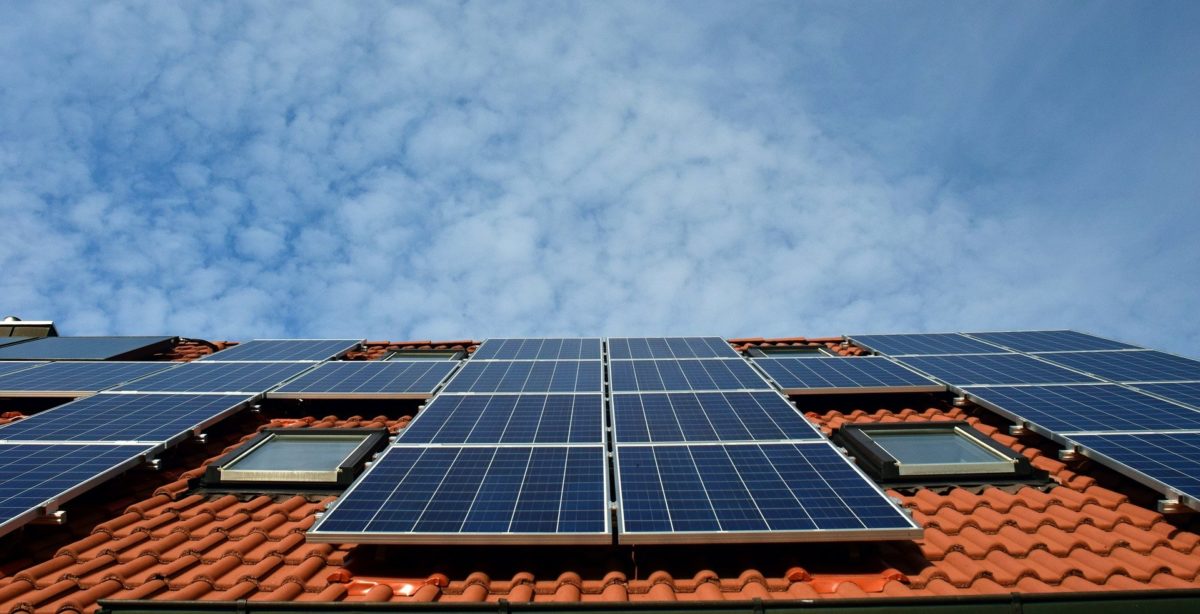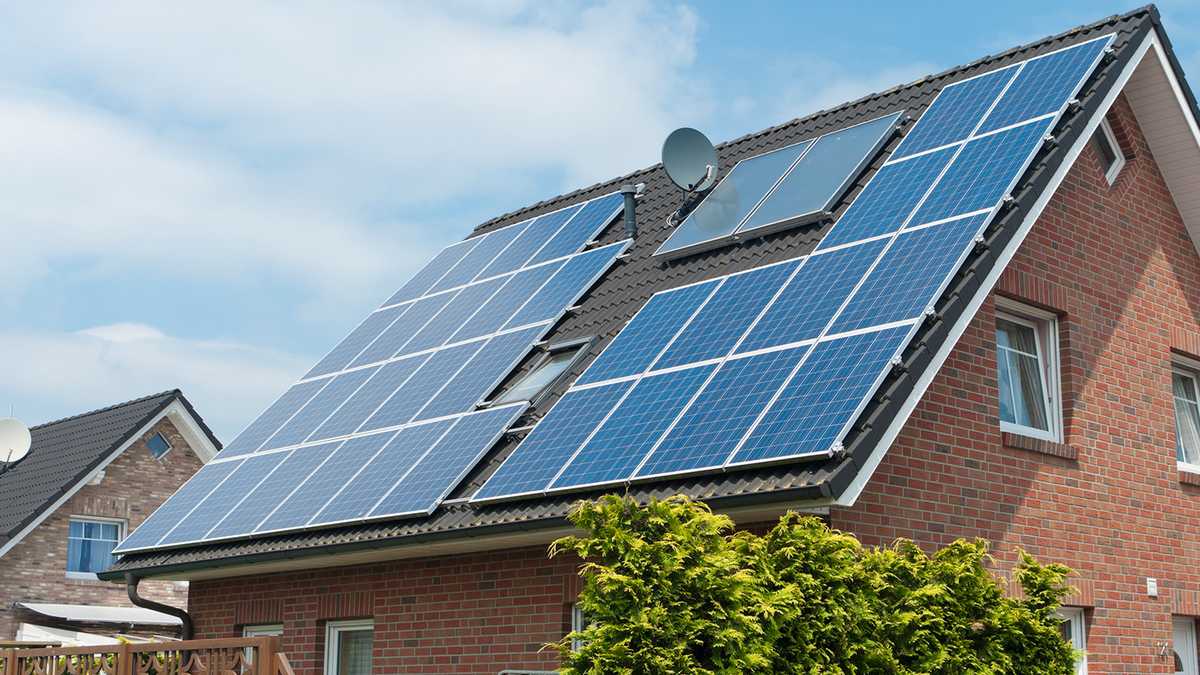By Arnold Schwarzenegger, as printed in the New York Times.
Mr. Schwarzenegger is a former governor of California.
California has more rooftops with solar panels than any other state and continues to be a
leader in new installations. But a proposal from the state’s public utility commission threatens that progress.
It should be stopped in its tracks.
When I was California’s governor, we set a goal in 2006 of putting solar panels on one million roofs across the state. Skeptics said it couldn’t be done, but with bipartisan support in the State Legislature, California met its goal in
2019.
The state now has
1.3 million solar rooftopsgenerating roughly 10,000 megawatts of electricity — enough to power three million homes. And more are being added every week. Roughly
two-thirds of those rooftops are on houses and businesses; the rest are on government buildings.
But this hard-earned and vitally important accomplishment is now under threat. The California Public Utilities Commission is considering a plan that would make it too costly for many Californians to embrace solar power. A decision could come as soon as Jan. 27.
The plan is complicated and has some good features, like creating funds to encourage homeowners and businesses with solar to add batteries for storage and to help bring solar power to poor and polluted communities.
But it would also include a new monthly “grid participation charge” that would average an estimated
$57 a month for solar customers. People who power their homes with fossil fuels wouldn’t pay this. So let’s call it what it is: a solar tax.
This solar tax would also apply to customers who invested in batteries to store that solar energy. Battery storage is critical for the transition to clean energy and grid resilience. But this tax will only discourage that progression.
Moreover, the commission would cut credits to new solar customers (and some older ones) as much as 80 percent for the electricity they don’t use and send to the grid under the net metering program. Those credits in turn can lower their utility bills.
Critics of these rooftop solar incentives — mostly investor-owned utilities — contend that net metering leads to higher electricity rates for California homeowners who can’t afford to install solar and for apartment dwellers by shifting the costs of operating and maintaining the power grid to them. They also contend that California needs to move from incentivizing solar to incentivizing battery storage.
California
should do more to incentivize clean energy in lower-income areas. And the state
should be promoting the installation of a million batteries to store the energy that the solar panels capture. That’s how we can truly democratize energy. But adding a tax and removing incentives will hurt the solar market, and making solar more expensive for everyone does nothing to help our most vulnerable.
California has been hit hard in recent years by the changing climate, with record droughts and catastrophic wildfires. That’s another reason this proposal makes no sense; we should be pulling out all the stops to slow global warming. California is already so far behind on meeting its 2030 climate goals that
the state isn’t projected to hit them until 2063. And our 2050 goals? We are on track to reach them by 2111.
Now California is about to take a big step backward by setting up huge barriers for consumers to adopt solar power. Installing panels on roofs is one of the fastest ways to produce renewable energy. They can be installed without complicated permitting or land fights, and they produce immediate reductions in dirty and dangerous emissions.
Rooftop solar also helps protect open space by generating electricity in places that are already built up. Every home, apartment building, school, farm and business that installs solar panels makes the air cleaner, reduces the need for costly investments in the grid and helps communities keep the lights on in the face of wildfires and blackouts. It also gives people a sense of self-sufficiency and independence from the grid. Is it any surprise that the big utilities want to take that away?
PG&E and other utilities want us to rely on their grids. But how much can Californians really depend on them? In the case of PG&E, we are talking about a company that
pleaded guilty to involuntary manslaughter in the deaths of 84 Californians because it failed to maintain a transmission line that ignited the deadly Camp fire in 2018.
This is just another case of the big guys — the investor-owned utilities — fighting for themselves and hurting people who have invested or want to invest in solar panels.
Incentives matter when creating a new energy infrastructure. In Nevada, for instance, the state’s rooftop solar adoption rate plummeted
47 percentin the year after the state’s public utilities commission made solar more expensive for consumers by adding higher fixed costs on net-metering customers and reducing the price paid to customers for the excess energy they generate. A public outcry compelled the Nevada Legislature to reverse the changes, and more people started started putting solar panels on their rooftops again. It’s common sense.
In areas of California outside the utility commission’s control, we have already seen what happens when policies ratchet up rooftop solar costs. When the Imperial Irrigation District in Imperial Valley abandoned net metering in July 2016, residential solar installations declined 88 percent over the next two years as measured by added megawatts. The Turlock Irrigation District ended net metering at the beginning of 2015; within two years, annual residential solar installations declined 74 percent. Sacramento, sadly, is about to see this happen too.
We can’t afford that kind of backsliding. Gov. Gavin Newsom can sustain the state’s record of environmental success and keep California forging ahead on a path to 100 percent clean energy. Although the utilities commission is independent of the governor, he appointed four of its five commissioners. What he says matters.
Mr. Newsom recently acknowledged that “we still have some work to do” on the plan. He and his commission must stand up to the monopolistic utilities and protect California’s solar power programs, for the state’s future and the planet’s.








